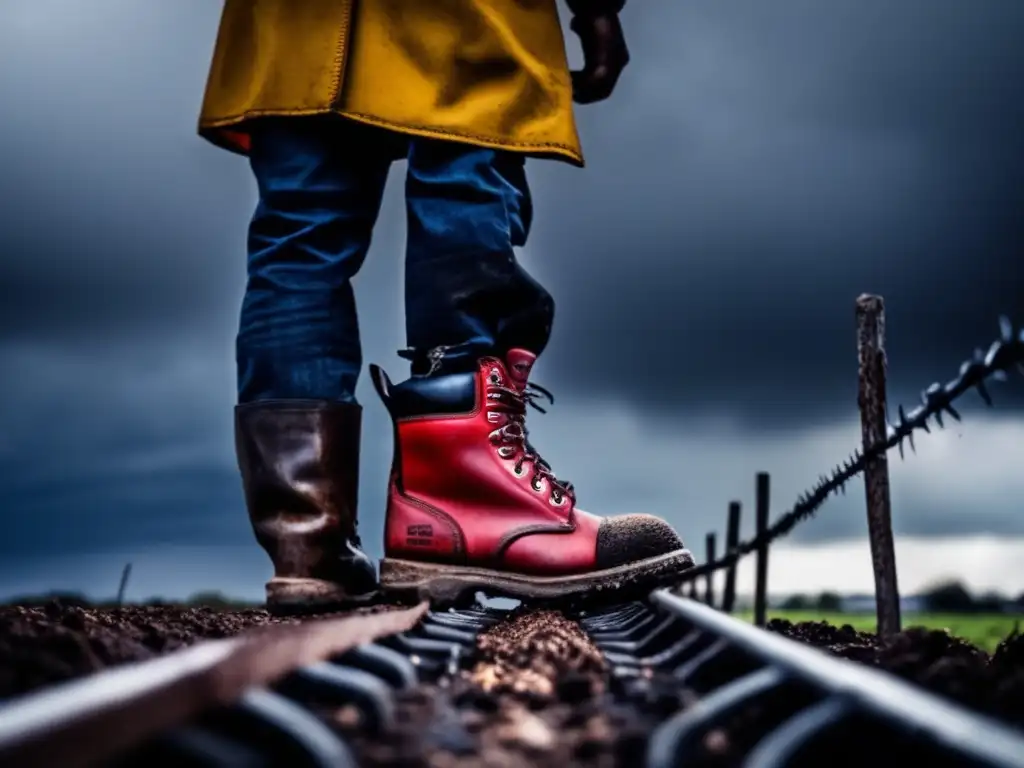The Importance Of Drills: Practicing Your Hurricane Plan

The Importance of Drills: Practicing Your Hurricane Plan
Introduction
As a hurricane threatens, the best way for individuals to protect themselves and their families is by having a solid hurricane plan in place. In order for a plan to be effective, it is important to not only have one but also to practice it regularly. This is where drills come in. Drills give individuals an opportunity to test their plan and make sure that everyone is aware of the steps they need to take to stay safe during a hurricane.
In this article, we will discuss the importance of practicing your hurricane plan through drills. We will cover the benefits of drills, what to include in a drill, and how to conduct one effectively. By the end of this article, you will understand why drills are crucial to your hurricane preparedness and recovery efforts.
Why Are Drills Important?

Drills are beneficial in many ways. They help individuals identify areas of weakness in their plan and take corrective action. Moreover, they teach people how to react in case of an emergency. This is especially important for children who may not fully comprehend the danger that hurricanes pose. Through drills, they learn the importance of taking shelter and following evacuation orders.
Moreover, drills help individuals build muscle memory. When the time comes to act during a real hurricane, muscle memory takes over and individuals can calmly and quickly perform the necessary actions. This can save precious time and potentially lives.
Drills can also help individuals feel more confident and less anxious about the prospect of a hurricane. Having a solid plan in place and practicing it regularly can alleviate some of the stress and uncertainty that come with natural disasters.
What to Include in a Drill
The content of a hurricane drill should mirror your hurricane plan. The aim is to simulate a real-life scenario and ensure that everyone is aware of their role in the plan. Here are some essential elements to include in a drill:
- Evacuation routes: During a drill, practice driving or walking to your designated evacuation location. This will help you identify any potential obstacles and estimate the time it takes to get there.
- Sheltering in place: If you are not evacuating, designate a safe room in your home where everyone can gather. Make sure that all necessary supplies are stored there.
- Communication: Ensure that everyone knows how to communicate during a hurricane. Designate a family member as the point of contact for emergency services, friends, and family members who may be checking in on you.
- Pet safety: If you have pets, practice transporting them to the designated shelter or securing them in your home.
How to Conduct a Drill Effectively
Here are some tips for conducting a successful hurricane drill:
- Plan ahead: Choose a day when everyone is available. Give advance notice so that everyone has time to prepare.
- Be realistic: Try to simulate a real-life scenario as much as possible. Create a sense of urgency by setting a time limit for completing the drill.
- Evaluate performance: After the drill, discuss what went well and what could be improved. Identify areas of weakness and take corrective action.
- Repeat regularly: Practice makes perfect. Conduct drills at least once a year or whenever you update your hurricane plan.
Frequently Asked Questions

Why is it important to have a hurricane plan?
A hurricane plan helps individuals and families stay safe during a hurricane. It outlines the steps that need to be taken before, during, and after a hurricane to minimize damage and ensure safety.
Why should I practice my hurricane plan?
Practicing your hurricane plan helps identify areas of weakness and ensures that everyone knows what to do during a hurricane. It also builds muscle memory, reduces anxiety, and increases confidence.
What should I include in a hurricane drill?
A hurricane drill should include elements of your hurricane plan such as evacuation routes, sheltering in place, communication, and pet safety.
How often should I conduct a hurricane drill?
Hurricane drills should be conducted at least once a year or whenever you update your hurricane plan.
What should I do if I am unable to evacuate during a hurricane?
If you are unable to evacuate, designate a safe room in your home where everyone can gather. Make sure that all necessary supplies are stored there.
Conclusion
In conclusion, practicing your hurricane plan through drills is essential to ensure that everyone stays safe during a hurricane. Drills help identify areas of weakness, build muscle memory, reduce anxiety, and increase confidence. By following the tips outlined in this article and conducting regular drills, you can be sure that you and your loved ones are well-prepared for any hurricane that may come your way.
Remember to share this article with your family and friends so that they too can benefit from the information presented here. If you have any questions or comments, please leave them in the comment section below. We value your feedback and look forward to hearing from you.
Additional Resources

- Ready.gov: Hurricanes
- National Hurricane Center: Prepare for a Hurricane
- American Red Cross: Hurricane Preparedness
If you want to discover more articles similar to The Importance Of Drills: Practicing Your Hurricane Plan, you can visit the Hurricane preparedness: category.
Leave a Reply




Articulos relacionados: